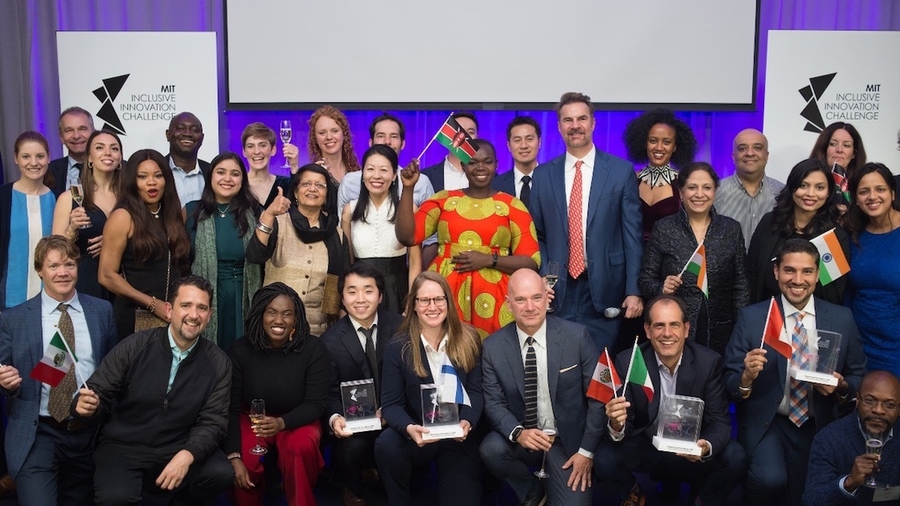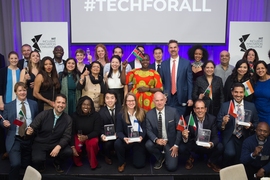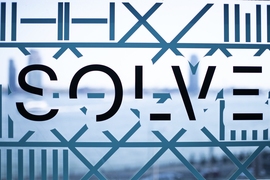In 2015, the world began to realize a stark reality — the unprecedented wealth and prosperity ushered in by the digital age was not being shared equally across society. Research indicated that income inequality was rising, and the headlines reflected a growing public fear of unemployment driven by automation.
MIT Sloan School of Management's Erik Brynjolfsson and Andrew McAfee, co-directors of the MIT Initiative on the Digital Economy (IDE) and co-authors of “The Second Machine Age,” recognized this reality as a challenge that could be solved if the right resources were brought to bear.
IDE’s response was the MIT Inclusive Innovation Challenge (IIC), a global tournament for entrepreneurs harnessing technology to ensure a more equitable future. Since the IIC was launched at the first MIT Solve in 2015, IDE has identified 160 organizations from around the world, awarding a total of $5 million in prizes to accelerate their missions. In three years, those IIC winners have collectively generated over $170 million in revenue, raised over $1 billion in capital, created more than 7,000 jobs, and served 350 million people.
IIC awardees include entrepreneurs like Hugo Pinaretta, whose grandparents were smallholder farmers in Peru. He and his co-founders now lead AGROS, which applies remote sensing and precision agriculture technologies to increase small farmers’ yields.
In another case, Helen Adeosun, a former home health care aid, launched CareAcademy, which provides online professional development to teach and up-skill caregivers, a growing profession that is unlikely to be replaced by robots or automation. Adeosun and her team provide opportunities for millions of workers to prepare for the future of health care.
The IIC has been a grassroots initiative — a small team relying on the power of an international community to scale and to drive their mission. They have worked with more than 600 experts to select IIC winners from among 4,500 global registrants and engaged more than 100 outreach partners: like-minded for-profit and nonprofit organizations that helped the IIC source inclusive innovators from every corner of the world. They also partnered with nine collaborator organizations, including Merck KGaA in Germany, MaRS Discovery District in Canada, and Liquid Telecom in Kenya, to host 14 celebrations on five continents, attended by more than 4,000 investors, policymakers, academics, and business leaders.
After accelerating the global future-of-work movement for the past four years, the IIC team began looking for ways to further amplify their impact. Coming full circle, they looked to MIT Solve, an Institute-wide initiative designed to address the world’s most pressing problems through partnership and open innovation. The IIC will transition into Solve in 2020, powering its Economic Prosperity Challenge to drive increased resources and global awareness to the inclusive innovators who are creating an equitable future of work for all. This transition will magnify the impact of IIC winners and the transformative, lasting change that is imperative for today’s global economy.








